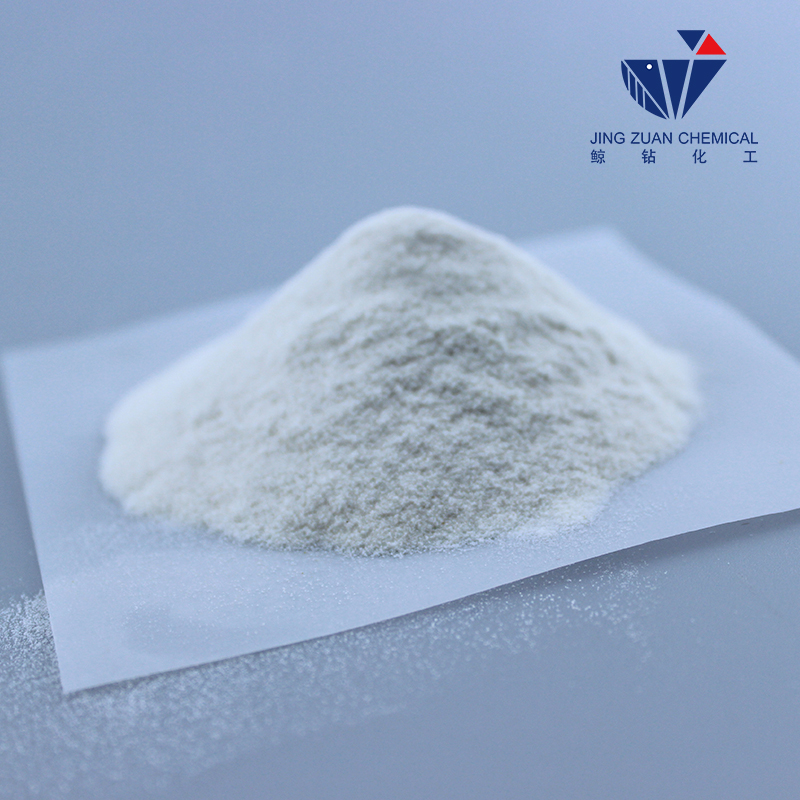
Dec . 15, 2024 02:58 Back to list
hydroxy methyl propyl cellulose
Hydroxy Methyl Propyl Cellulose An Overview
Hydroxy Methyl Propyl Cellulose (HMPC) is a non-ionic, water-soluble polymer derived from cellulose. It is a modified version of cellulose, which is one of the most abundant natural polymers found in plants. The modification process involves the introduction of hydroxy propyl and methoxy functional groups, which enhance the solubility and functionality of the cellulose. This unique combination bestows HMPC with a range of beneficial properties, making it a popular ingredient across several industries, including pharmaceuticals, food, cosmetics, and construction.
Chemical Properties and Structure
The chemical structure of HMPC is characterized by the presence of hydroxy groups that facilitate hydrogen bonding with water molecules. This feature imparts excellent solubility in cold water, allowing HMPC to form viscous solutions. HMPC is available in various molecular weights and degrees of substitution, which can be tailored to meet specific application needs. The careful control over the degree of hydroxy propyl substitution allows for the adjustment of viscosity, gel formation, and emulsification properties.
Applications in Pharmaceuticals
In the pharmaceutical industry, HMPC is primarily used as a binder, film-forming agent, and thickener in various dosage forms such as tablets, capsules, and ointments. Its ability to form a gel-like matrix in the presence of water makes it an excellent candidate for controlled-release formulations. By modulating the release rate of active ingredients, HMPC helps improve the bioavailability and therapeutic effectiveness of medications.
Additionally, HMPC is used as an excipient in the preparation of sterile injections and topical formulations. Its biocompatibility and minimal toxicity make it a favored choice for pharmaceutical applications, ensuring patient safety while delivering effective therapeutic regimens.
Role in Food Industry
In the food industry, HMPC serves as a thickening agent, emulsifier, and stabilizer. It is widely utilized in products like sauces, dressings, and bakery goods to improve texture and mouthfeel. HMPC enhances the stability of emulsions, preventing separation and maintaining the uniformity of the product.
hydroxy methyl propyl cellulose

Furthermore, HMPC can be used as a fat replacement in various low-fat food products, contributing to the desired consistency without compromising taste. Its regulatory status as a food additive further bolsters its application in food technology, allowing manufacturers to enhance product quality effectively.
Contributions to Cosmetics and Personal Care
HMPC is also prevalent in cosmetics and personal care products, where it acts as a thickener, film-forming agent, and stabilizer. Its ability to maintain moisture in formulations is particularly valuable in skin care products, where hydration is a critical factor. Additionally, HMPC can enhance the texture and spreadability of creams, lotions, and gels, making them more appealing to consumers.
In hair care products, HMPC provides conditioning benefits and improves the texture of hair formulations, contributing to easier application and enhanced performance. Its versatility and functionality make it an essential ingredient in the formulation of a wide range of personal care items.
Construction Industry Applications
In the construction industry, HMPC is often included in cement-based formulations and repair mortars. It acts as a water-retention agent, preventing rapid evaporation and ensuring optimal hydration during the curing process. The incorporation of HMPC improves workability and adhesion, resulting in stronger, more durable construction materials.
Moreover, HMPC modifies the rheological properties of construction mixtures, allowing for smoother application and better performance of mortar and concrete products. This makes it an invaluable additive for construction projects aimed at enhancing material quality and longevity.
Conclusion
Hydroxy Methyl Propyl Cellulose is a versatile and vital polymer that plays significant roles across various industries, including pharmaceuticals, food, cosmetics, and construction. Its unique solubility, thickening, and stabilizing properties make it an essential ingredient for enhancing product performance and quality. As research continues to unlock new applications and benefits of HMPC, its importance in industrial formulations is poised to grow, further highlighting the value of this remarkable cellulose derivative.
-
Versatile Hpmc Uses in Different Industries
NewsJun.19,2025
-
Redispersible Powder's Role in Enhancing Durability of Construction Products
NewsJun.19,2025
-
Hydroxyethyl Cellulose Applications Driving Green Industrial Processes
NewsJun.19,2025
-
Exploring Different Redispersible Polymer Powder
NewsJun.19,2025
-
Choosing the Right Mortar Bonding Agent
NewsJun.19,2025
-
Applications and Significance of China Hpmc in Modern Industries
NewsJun.19,2025







